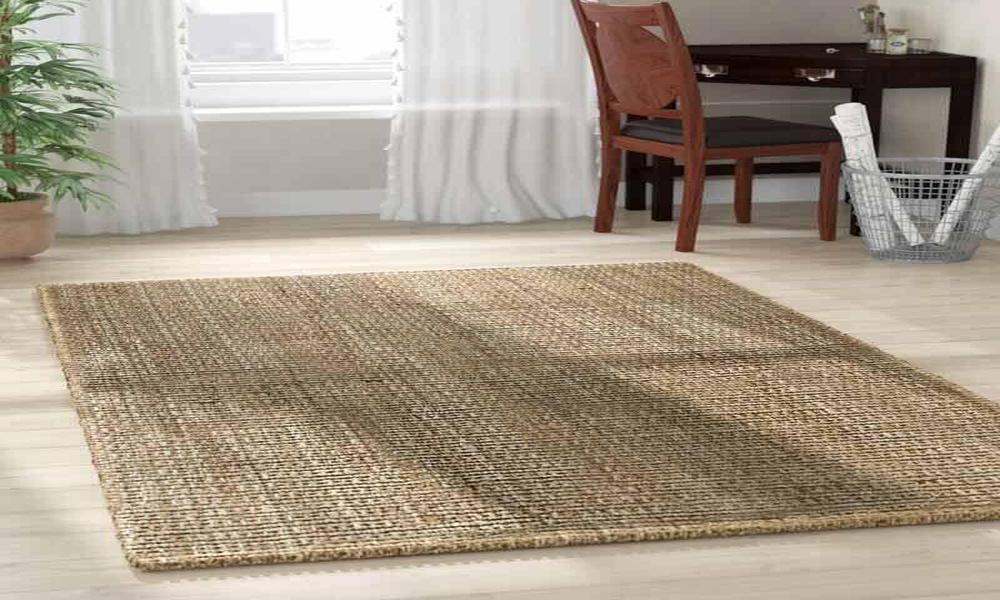

Sisal rugs are a type of natural fiber rug made from the leaves of the Agave sisalana plant, which is native to Mexico. These rugs are popular for their durability, texture, and eco-friendliness. They are available in a wide range of colors and sizes, making them a versatile choice for any room.
Sisal rugs are naturally stain-resistant, which makes them easy to clean. They can be vacuumed regularly to keep them looking their best, and spills can be blotted up with a clean cloth. Sisal rugs are also resistant to static electricity and are a good choice for areas with high foot traffic.
However, sisal rugs can be rough underfoot, which may not be comfortable for some people. They can also be damaged by moisture, so they are not recommended for use in bathrooms or other damp areas. Overall, sisal rugs are a stylish and practical choice for anyone looking for a natural fiber rug that is easy to maintain and eco-friendly.
The Biggest Sisal Rugs Mistakes Every Beginner Makes
Sisal rugs are a popular choice for many homeowners due to their natural, durable, and stylish properties. However, many beginners make some common mistakes when buying or maintaining sisal rugs. Many beginners make mistakes when purchasing and caring for sisal rugs. Some of the biggest mistakes include:
- Choosing the wrong size: Many people choose a rug that is too small for their space, which can make the room look unbalanced.
- Not considering the rug’s placement: Sisal rugs are not suitable for areas with high moisture or where they may be exposed to direct sunlight for extended periods.
- Not cleaning spills immediately: Sisal rugs are susceptible to stains, and if spills are not cleaned immediately, they may be difficult to remove.
- Not vacuuming regularly: Regular vacuuming can help prevent dirt and dust from accumulating in the fibers, which can damage the rug over time.
- Using harsh chemicals: Sisal rugs should only be cleaned using mild detergents and water. Harsh chemicals can damage the fibers and cause the rug to deteriorate.
- Not rotating the rug: Rotating the rug every few months can help prevent uneven wear and tear.
By avoiding these mistakes, beginners can ensure that their sisal rugs last longer and maintain their appearance.
How Sisal Rugs Have Evolved?
Sisal rugs have been used for centuries as a practical flooring solution. They were first made from the leaves of the Agave Sisalana plant, which is native to Mexico. Over time, the production of sisal rugs has evolved to include other materials and techniques.
In the past, sisal rugs were mainly available in natural hues of beige and tan. However, with advances in dyeing technology, sisal rugs can now be found in a variety of colors and patterns.
In addition to color and pattern, the texture of sisal rugs has also evolved. While traditional sisal rugs had a rough texture, modern sisal rugs can be found in a variety of textures, including soft and plush varieties.
Furthermore, sisal rugs have become more sustainable over time, with some manufacturers using eco-friendly materials and practices in their production processes.
Overall, sisal rugs have evolved to become more versatile, colorful, and eco-friendly while maintaining their practical and durable nature.




